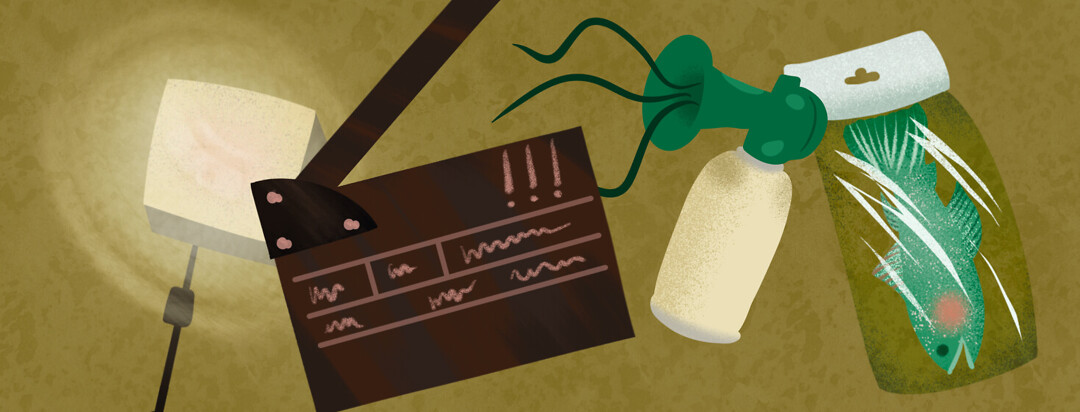Migraine, Sensory Overload, and Allodynia
Noises, smells, and lights! Oh my!!
Being overwhelmed with noises, smells, lights, and unusual physical sensitivity is all a part of having sensory overload. Sensory overload can occur by itself or as a symptom of a migraine.
What are the types of sensory overload?
Many individuals with migraines deal with different types of sensory overload. While there are four types of sensory overload, the common ones are photophobia, phonophobia, and sensitivity to smells. During a migraine, these symptoms seem normal to so many. These types of sensory overload can also be a trigger for a migraine attack. Personally, if I am subjected to loud noises, bright lights, or overwhelming smells for an extended period the result will be a migraine.
The fourth and less common type of sensory overload is called allodynia. An article on Life Effects explains that allodynia is “feeling pain in areas where you normally wouldn’t due to certain stimuli such as brushing hair or wearing clothing.”1
What are the types of allodynia?
While allodynia is a type of sensory overload, there are also three different types of allodynia. These types are static, dynamic, and thermal. Static allodynia can also be referred to as tactical allodynia. As the word tactical infers, this type of allodynia has to do with touch or pressure on the skin. This can be when pain is caused by something as simple as a tap on the shoulder. Dynamic allodynia, on the other hand, is a result of movement across the skin. An example would be pain from clothing or blankets moving across the skin. As the word thermal implies, this pain is a response to hot or cold changes in temperature.
Why is it painful?
The pain associated with allodynia originates with the central nervous system, which consists of your brain and spinal cord. Due to what scientists call central sensitization, the sensory pain nerves respond to normal signals with an abnormal, painful response.2 This abnormal response is why allodynia is painful.
Why does allodynia occur with migraine?
When it comes to “persons with migraine, allodynia is more common in those with aura, with frequent headache attacks (chronic migraine), and with severe disabling headache attacks.” The duration of allodynia can vary for people. It is most common for allodynia to end when the migraine concludes, but for some, the allodynia can continue long after the migraine subsides. In the event that migraines become daily, allodynia may also become a chronic condition.2
What was my experience with phonophobia?
I have always been highly aware of most of my sensory overload issues. Even prior to having chronic migraine, I have never enjoyed loud noises. My mother has told me stories about things such as me crawling in her lap at the circus with both hands over my ears and placing both hands over my ears to block out the noise of fireworks. When I developed chronic migraine, it came as no surprise that general noises bothered me during an attack. My migraines just increased my phonophobia.
My experience with photophobia
My photophobia did start with migraine attacks. I do not remember having it prior to developing chronic migraines. Originally, photophobia was simply a symptom of a migraine attack. These days it has become a chronic issue and even a trigger for a migraine attack.
My experience with allodynia
I have had symptoms of allodynia for a long time now. I simply did not understand why I had these issues or how to manage them. I found myself becoming extremely agitated while wearing clothing. For a while, this escalated to me not wanting to wear clothing during a migraine attack. This means I would climb in my blanket and pillow cocoon naked! Over time I learned that I needed soft, stretchy, and breathable clothing. Anything that was rough, hot, or restrictive would cause my skin to burn and increase my agitation.
Do you have sensory overload issues? Have you heard about allodynia prior to this article?
Community Poll
Do you feel comfortable advocating for yourself to your healthcare provider?

Join the conversation